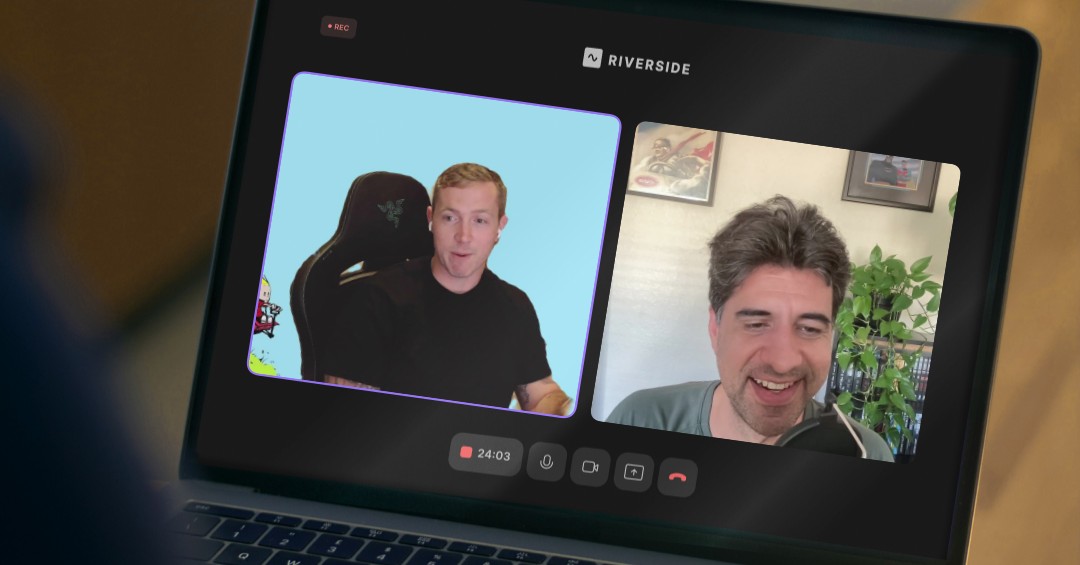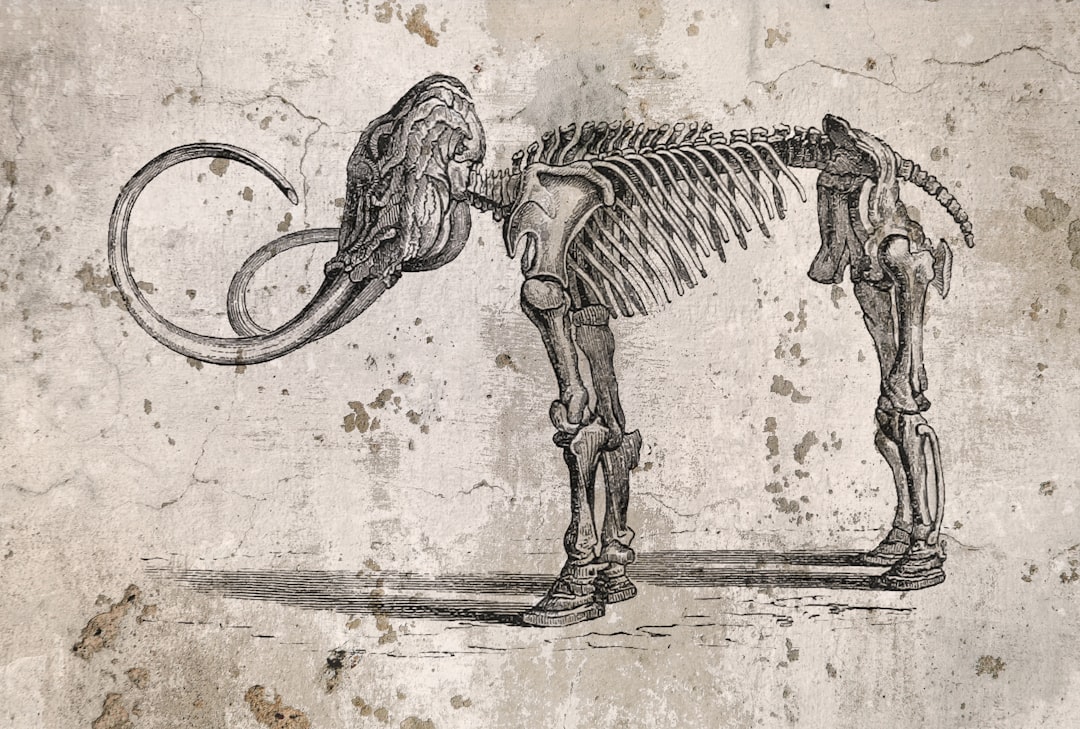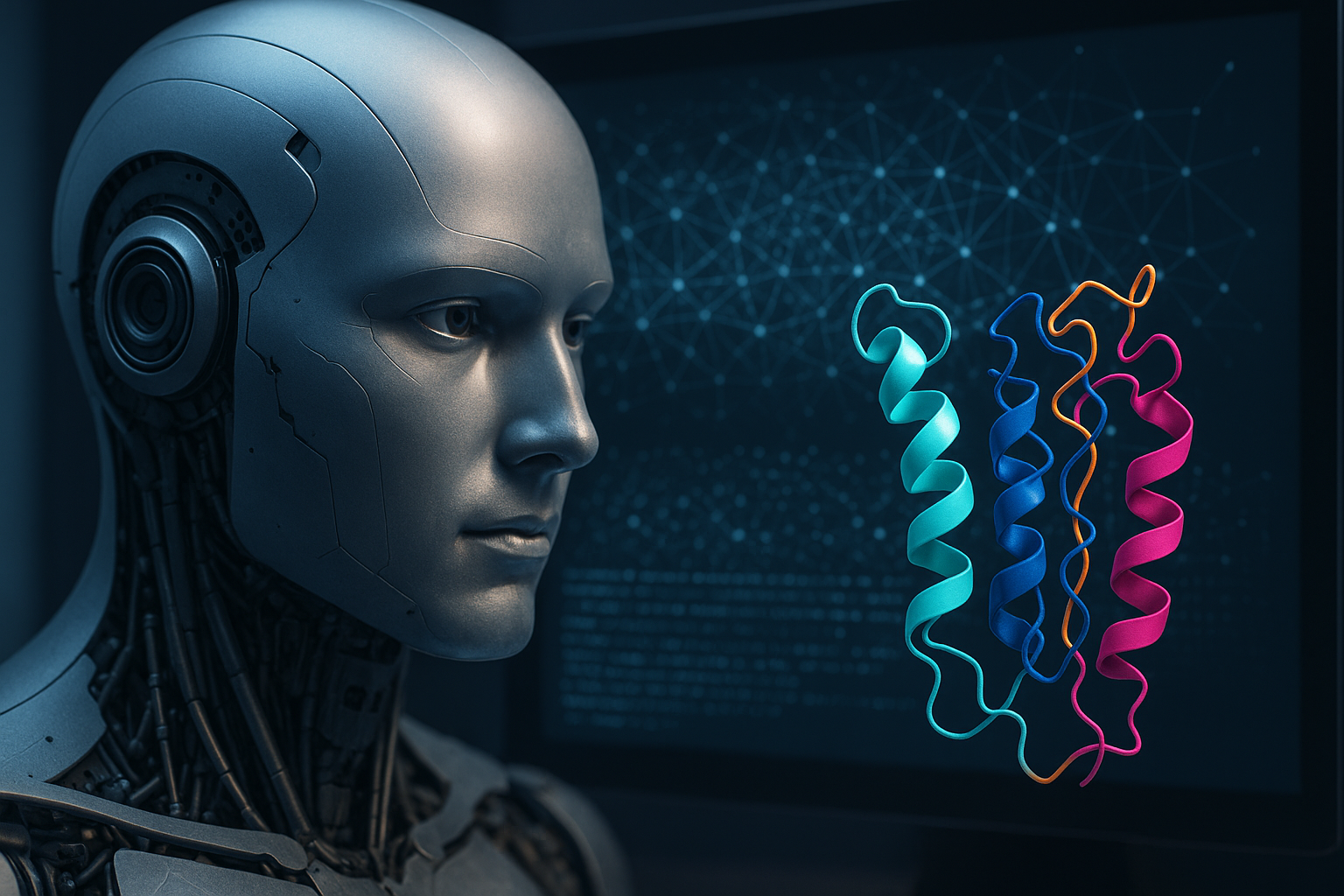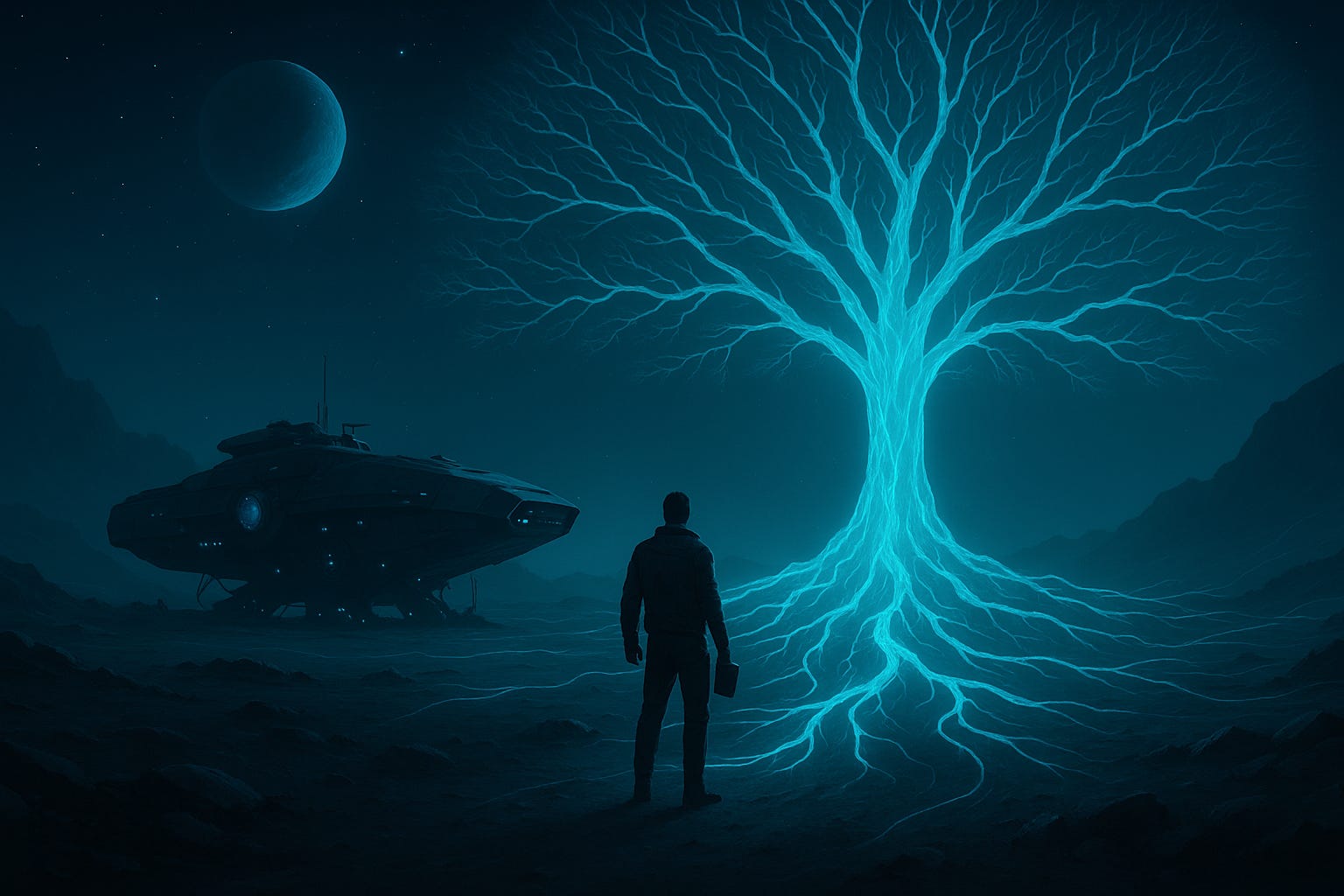
How the third chapter in the Echoes of Tomorrow series turns the mirror back on creation itself—and what happens when our technologies start reminding us who made them.

How the third chapter in the Echoes of Tomorrow series turns the mirror back on creation itself—and what happens when our technologies start reminding us who made them.

The coming age of scientific superintelligence and the technologies that will make it possible

On the launch of Book 2 in the Echoes of Tomorrow series — and why storytelling belongs in the rooms where we decide the future of technology.

On the launch of Book 1 in the Echoes of Tomorrow series — and why fiction might be our best tool for understanding the technology shaping our lives.

I brought the science, and Sean brought the fiction. How a novel partnership built Synthetic Eden into a hard science fiction take on modern bioethics and genetic engineering.

What the discovery of a new mammoth lineage in Mexico teaches us about the shifting paradigms of life

How specialized AI models are rewriting the code of cell identity and accelerating regenerative biology

From decoding life to redesigning society, the moonshots that chart our biological future

You are why I write this newsletter, and I'd like to say thank you with an advanced reader copy of my debut novel. You helped make this a reality, so be one of the first to read the story.

At the frontier of technology, humanity is the experiment. The question now is, who is designing the experiment?

Join me for an advanced reader copy of Synthetic Eden and be one of the first in the world to read my full debut novel